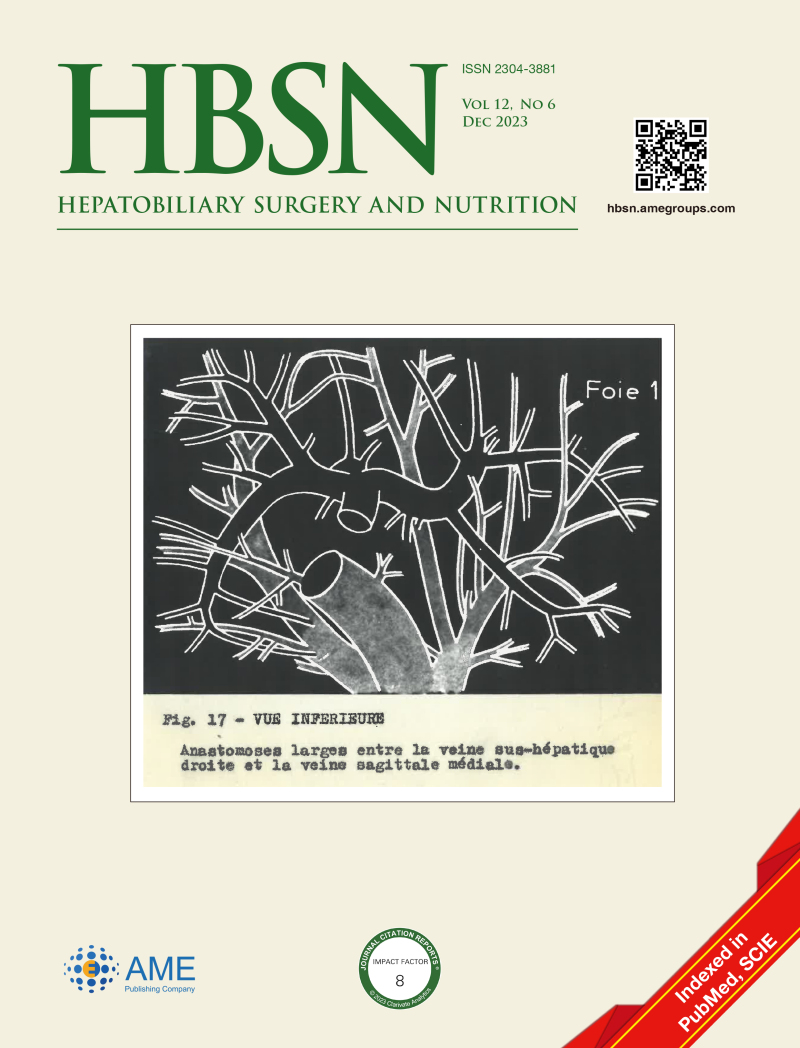Original Article
Laparoscopic anatomical versus non-anatomical liver resection for hepatocellular carcinoma in the posterosuperior segments: a propensity score matched analysis
LNAR is feasible option for patients with HCC located in PS segments, and can provide acceptable oncologic outcomes that are comparable to those of LAR. LNAR can be considered for patient with tumor located in PS segment when LAR is not feasible.
Influence of immunosuppressive drugs on natural killer cells in therapeutic drug exposure in liver transplantation
The study demonstrates that the cytolytic activity of NK cells in a mTORI including immunosuppression regimen is better preserved than with MMF and might support one potential explanation for a reduced recurrence rate of HCC after liver transplantation.
A novel nomogram for prognosis stratification in salvage liver transplantation: a national-wide study with propensity score matching analysis in China
This study based on a huge data set from mainland China compared post-transplant survival of patients fulfilling Milan or Hangzhou criteria between SLT and PLT groups with propensity score matching analysis. Furthermore, we developed risk stratification system based on the nomogram to classify SLT recipients.
A novel clinical model for risk prediction and stratification of new-onset diabetes mellitus after distal pancreatectomy
The incidence of new-onset diabetes after distal pancreatectomy remains high, particularly in patients with benign or low-grade malignant pancreatic lesions. The novel nomogram has satisfactory accuracy, reliability and utility in predicting post-pancreatectomy diabetes and may facilitate clinical decision-making by enhancing intervention and reducing unnecessary costs.
Efficacy and safety of subsequent radiotherapy in patients with advanced-stage hepatocellular carcinoma treated with immune checkpoint inhibitors
Subsequent external radiotherapy could be used as a salvage treatment strategy for patients with advanced-stage hepatocellular carcinoma who have lesion enlargement or new lesions during immune checkpoint inhibitor therapy, and it shows reliable efficacy and acceptable safety.
Editorial Commentary
Viewpoint
Letter to the Editor


